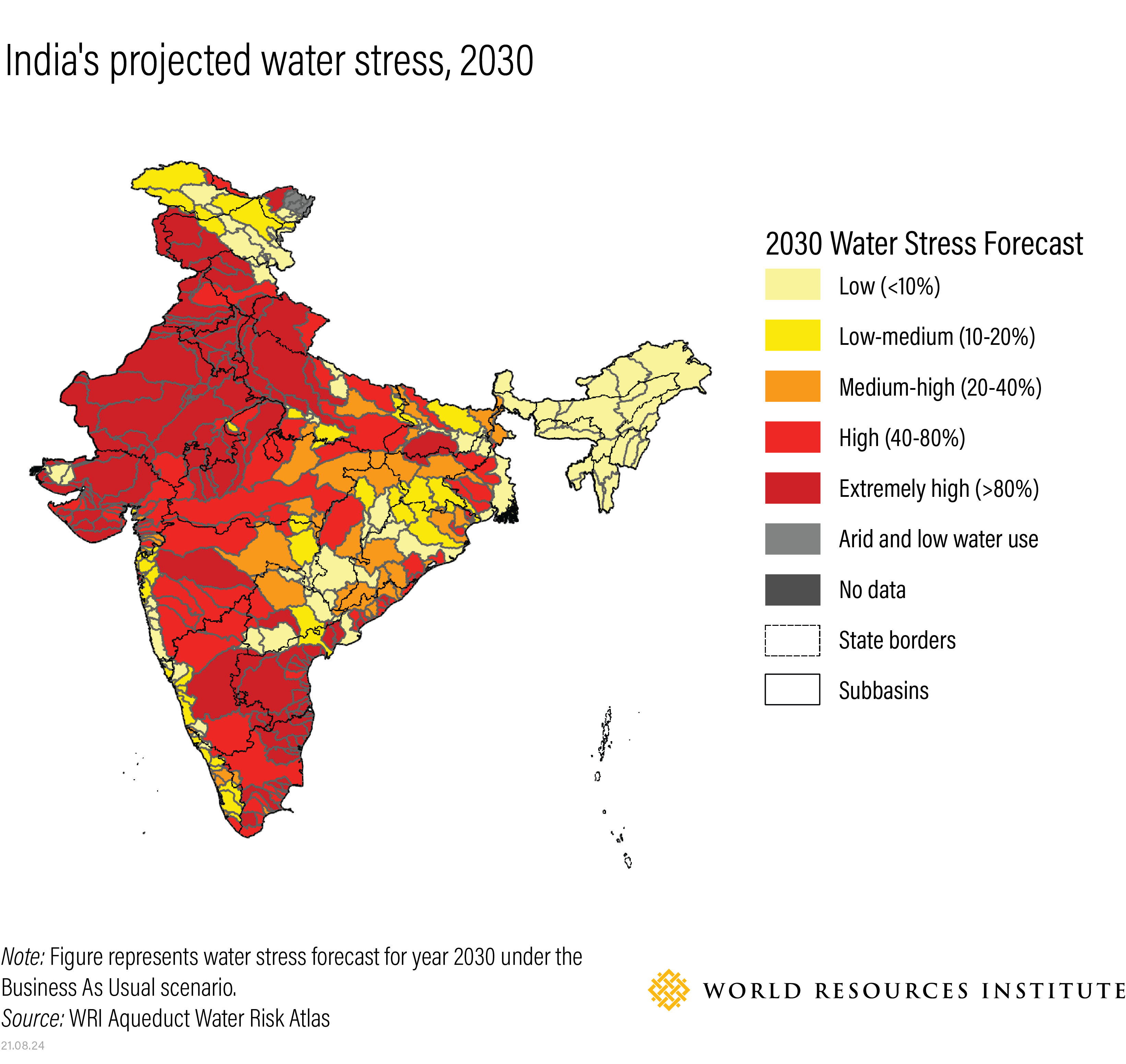potential forms of violent extremist activities within tribal communities in India, considering various themes like race, caste, gender, language, ideology, and socio-economic factors.
Themes and Examples:
- Race/Caste/Ethnicity: Tribal communities often face discrimination and marginalization based on their perceived race or caste. This can lead to a sense of grievance and potentially fuel extremist ideologies that promote tribal superiority or separatism. (Example: Clashes between Adivasi communities and dominant castes over land rights or access to resources)
- Gender: Violence against women and girls can be a significant issue within some tribal communities. Extremist groups might exploit these issues, recruiting women under the guise of empowerment while promoting violence against the perceived oppressors.
- Language: Efforts to impose a dominant language on tribal communities can be seen as a threat to their cultural identity. This can lead to resistance movements, which in extreme cases, might resort to violence.
- Socio-Economic and Socio-Cultural: Many tribal communities face poverty, lack of access to education and healthcare, and dispossession of their traditional lands. These grievances can be exploited by extremist groups to radicalize individuals and incite violence against the state or corporations perceived as responsible for their marginalization. (Example: Violent protests against displacement due to mining projects or infrastructure development on tribal lands)
- Climate Change and Spiritual Traditions: Tribals often have deep spiritual connections to their lands and traditional practices. Climate change and environmental degradation threaten these connections, leading to resistance movements that might turn violent if peaceful options fail. (Example: Violent protests against dam construction that disrupts traditional migratory patterns or sacred sites)
- Ideological Extremism: Left-wing extremist groups like Maoists have historically recruited from tribal communities, exploiting their sense of alienation and promising social justice through violent revolution.
State-Sponsored Violence:
- Counterinsurgency Operations: Government actions to counter left-wing extremism can sometimes lead to human rights abuses against tribal communities suspected of supporting the insurgency. This creates a cycle of violence and distrust.
Legal Considerations:
- Anti-Terrorism Laws: India has various anti-terrorism laws that can be used to prosecute individuals involved in violent extremist activities. However, the broad and ambiguous nature of these laws can lead to potential misuse and violations of tribal communities' rights.
- Tribal Rights Legislation: Laws like the Scheduled Tribes and Other Traditional Forest Dwellers (Rights Recognition) Act, 2006, aim to protect the rights of tribal communities over their land and resources. However, effective implementation remains a challenge.
Conclusion:
Violent extremism within tribal communities in India is a complex issue with deep roots in social, economic, and cultural marginalization. Addressing these underlying issues and ensuring the protection of tribal rights is crucial to preventing further violence. Additionally, legal frameworks need to strike a balance between national security concerns and upholding the rights of tribal communities.















0 Comments